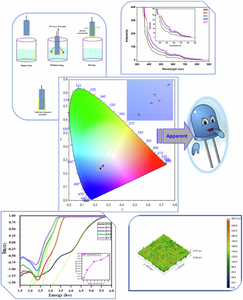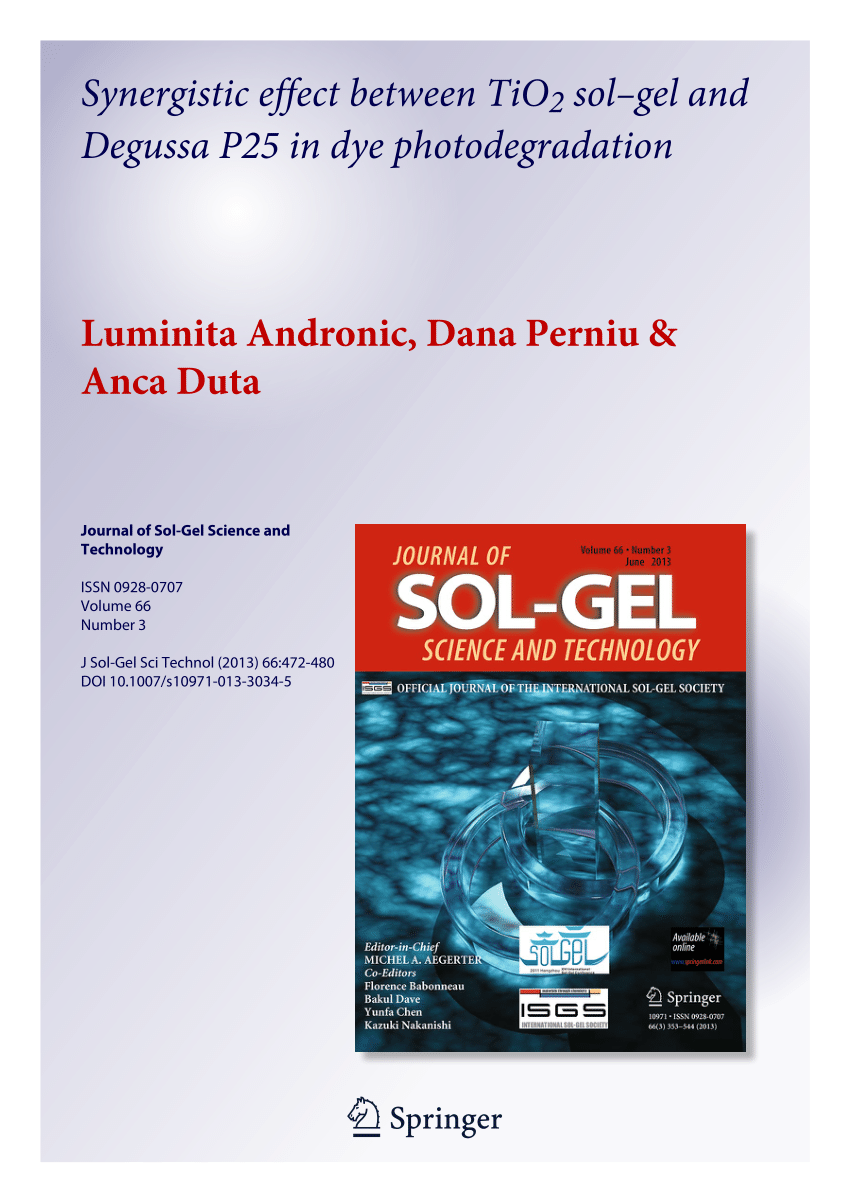Structural, nano texture, and optical study of Vanadium-doped zinc oxide thin films for blue LEDs
Abstract
The judicious use of transition metals, notably vanadium (V), is critical to improving zinc oxide (ZnO) photoelectric performance. This research reveals the transforming effect of different V doping levels on zinc oxide (V:ZnO) thin films precisely manufactured using a sol-gel dip-coating process. X-ray diffraction (XRD) reveals the evolving characteristics of the films, revealing a shift towards increased structural coherence and preferred orientation as V doping concentrations increase. Scanning electron microscopy (SEM) and its nano texture fractal studies reveal a gradual refinement in the texture and arrangement of V:ZnO films with increased doping levels. The effective V doping inside the ZnO thin films is confirmed by energy dispersive spectroscopy (EDS). Furthermore, the ultraviolet-visible (UV-Vis) absorption coefficient increases when the Urbach energy (EU) increases and the energy gap (Eg) decreases. Notably, V:ZnO displays exceptional emissions in the intrinsic excitation region at 300 nmand within the defect emission range of 380–650 nm at 3% dopingmaking it a promising candidate for blue LED applications. However, care is advised since extensive doping may impair the photoluminescence properties of ZnO. Urbach tails in weak absorption region decreased with increasing % of V in ZnO. Urbach energies (Eu) were in the 0.32–0.52 meV range for as-deposited and annealed films. This was used to account for the disorder of the films—an inverse relation was observed between Urbach energy and optical band energy as a result of doping. Research findings presented in this work give significant information on the complexities of V doping in ZnO, paving the way for advanced optoelectronic applications, particularly in blue LEDs.
Graphical Abstract


 求助内容:
求助内容: 应助结果提醒方式:
应助结果提醒方式:


